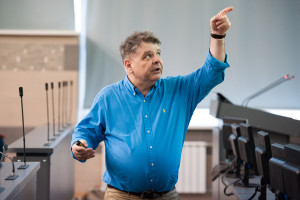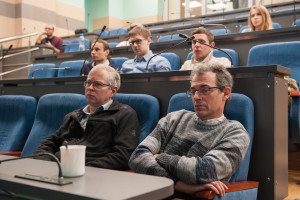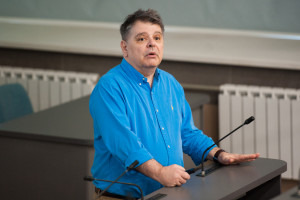From 15.00 until 16.30
At NUST MISIS
Moscow, Leninsky Prospekt, 4, aud. B-636
The seminar of prof. Vassillios Kovanis (Nazarbayev University, Astana, Republic of Kazakhstan) was held on 2nd of February.
About speaker: Vassilios Kovanis joined the Physics Department at Nazarbayev University in August of 2014 as a professor and currently he is serving at the acting head. In the past he served as the Technical Advisor of the Photonics Technologies Branch at the Sensors Directorate of the Air Force Research Laboratory and he was the lead program manager on the Optical Metamaterials Sensors Directorate enterprise. Vassilios studied physics at the University of Athens, followed by graduate work at Temple University in Philadelphia, Pennsylvania and wrote his PhD dissertation at the University of New Mexico, Albuquerque, New Mexico in condensed matter theory. In September 1989 joined the Nonlinear Optics Center at Air Force Weapons Laboratory, at Kirtland Air Force Base. He remained with that organization for the next eleven years, working on multiple projects of optical and electronic technologies. During that period he held research faculty positions with the Applied Mathematics and the Electrical Engineering Departments at the University of New Mexico, and was a National Research Council Fellow between 1992 and 1994. Subsequently did a stint in corporate Research and Development Laboratories with Corning Incorporated in Corning, as a Senior Research Scientist and with BinOptics Corporation in Ithaca, New York as a program manager for next generation photonics product development. Between 2003 and 2005 was member of the faculty at the Applied Mathematics Department at Rochester Institute of Technology. His research interests are on designing low-noise tunable photonic oscillators, photonics synthetic matter and applications of compressive sensing to photonic receivers.
The title of the seminar is “Dynamics of fast and tunable nonlinear systems with applications in photonic and superconducting oscillators”
Abstract: Combining an optically injected diode laser and properly feeding back a polarization-rot
Finally connections of these findings to superconducting oscillators will be articulated. In particular the mathematical properties of system of coupled lasers are connected with corresponding coherence properties of coupled SQUID lattices.
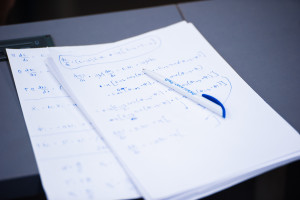 |
There are 6 people coming.




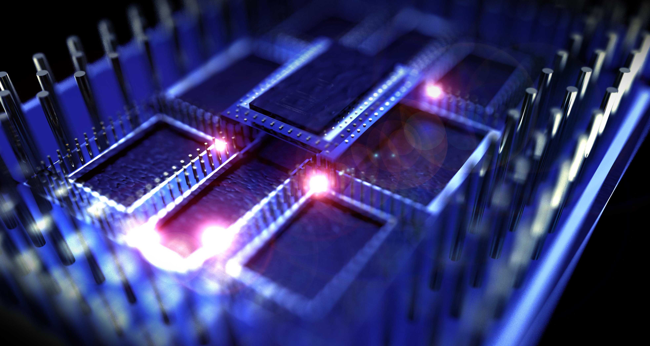
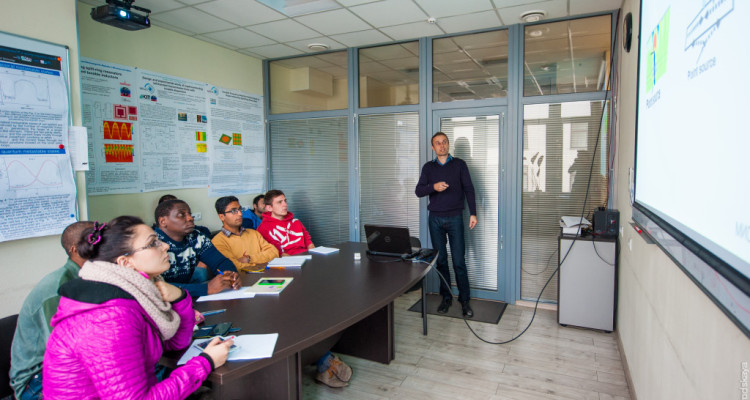
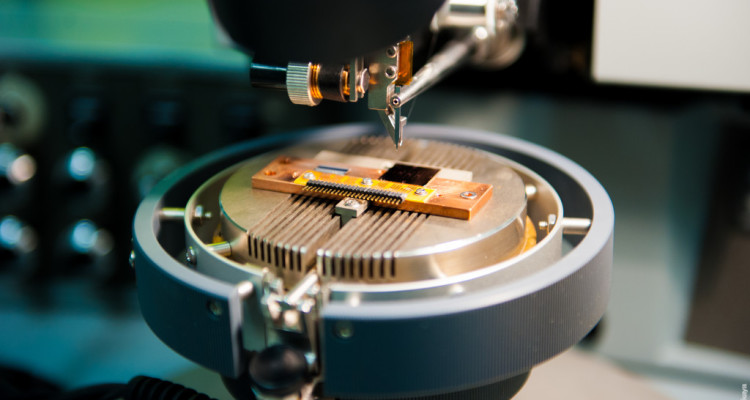
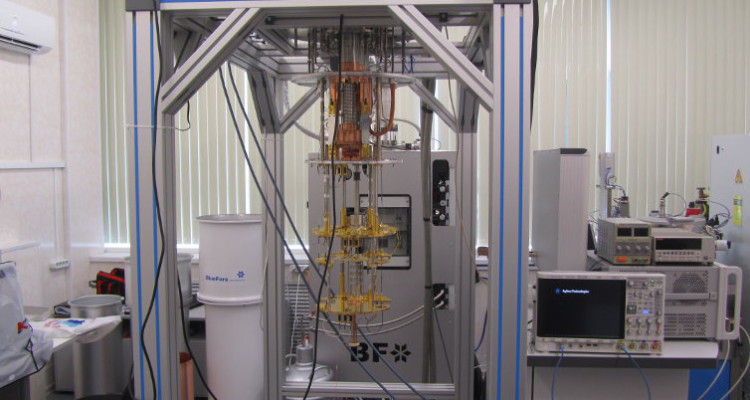
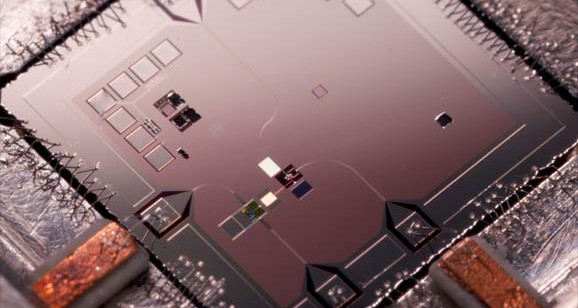
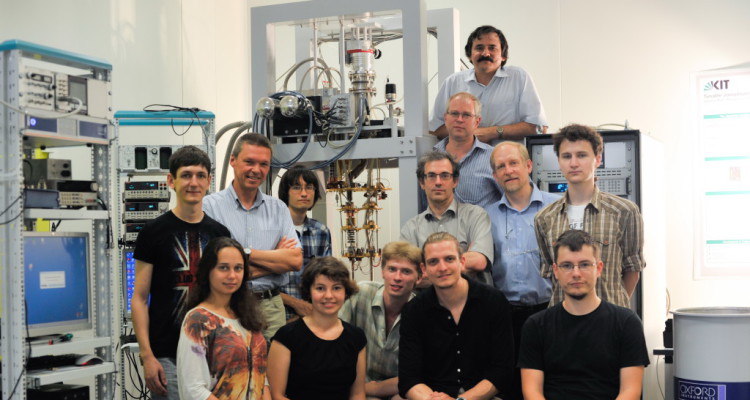
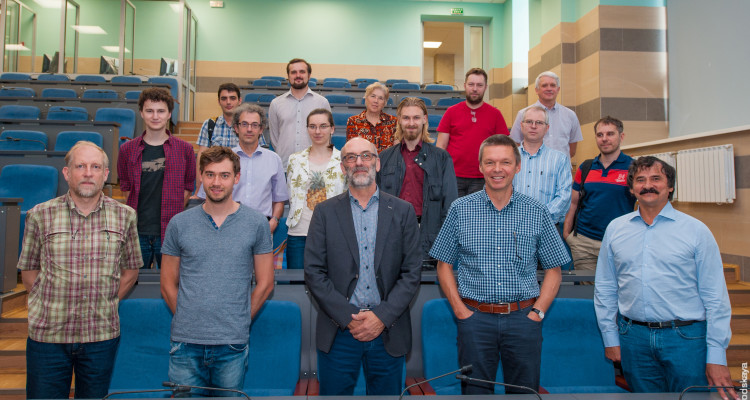
 25 January 2016
25 January 2016 
